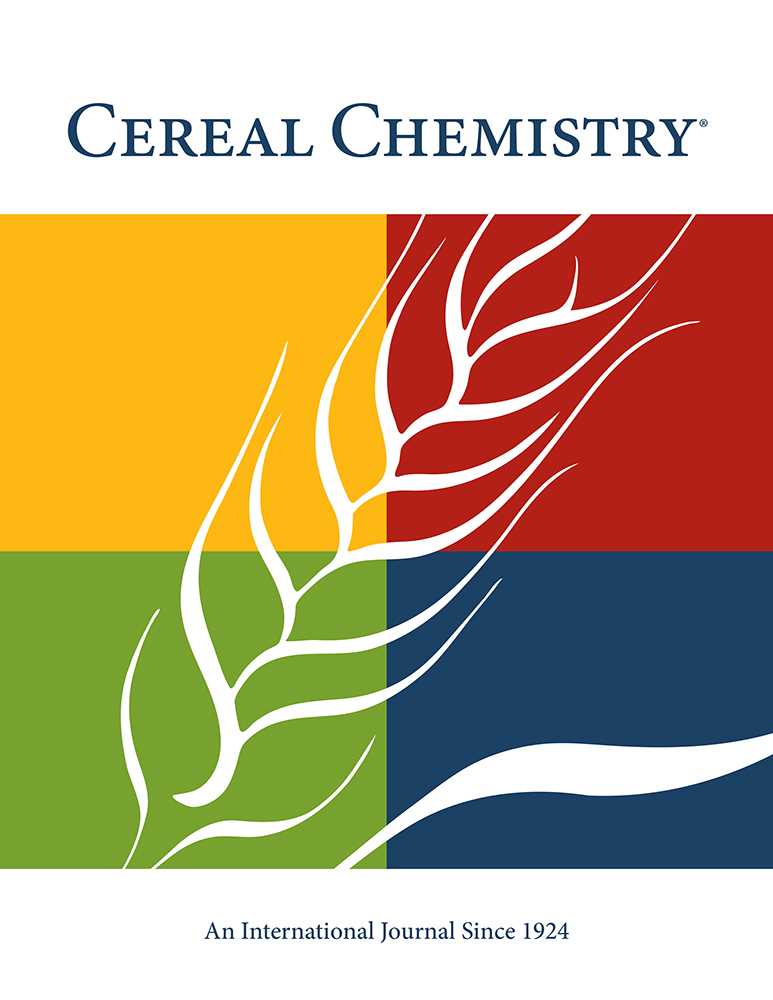Extractability and Molecular Modifications of Gliadin and Glutenin Proteins Withdrawn from Different Stages of a Commercial Ethanol Fuel/Distillers Dried Grains with Solubles Process Using a Wheat Feedstock
ABSTRACT
Extractability and molecular modifications of gliadin and glutenin proteins withdrawn from different stages of a commercial ethanol fuel/distillers dried grains with solubles (DDGS) process using a wheat feedstock were investigated. Materials were taken postliquefaction (PL), postdistillation (whole stillage), and postdrying (DDGS) during the process and then fractionated to separate the gliadins and the soluble high- and low-molecular-weight glutenins following a modified Verbruggen extraction method. Each fraction was characterized based on the extraction efficiencies within various aqueous alcohols of propan-1-ol, electrophoretic patterns, intrinsic and extrinsic fluorescence, free and total sulfhydryl content, and total disulfide bond levels. Findings indicated significant changes to the composition of extracted proteins and modifications to the protein structure (i.e., surface properties and conformation) throughout the ethanol/DDGS process, beginning with the first step of production (PL, ≈83°C). Overall, processing resulted in a shift toward an unextractable gluten matrix, accompanied by increases in hydrophobicity, disulfide bridging, and excessive protein aggregation.




